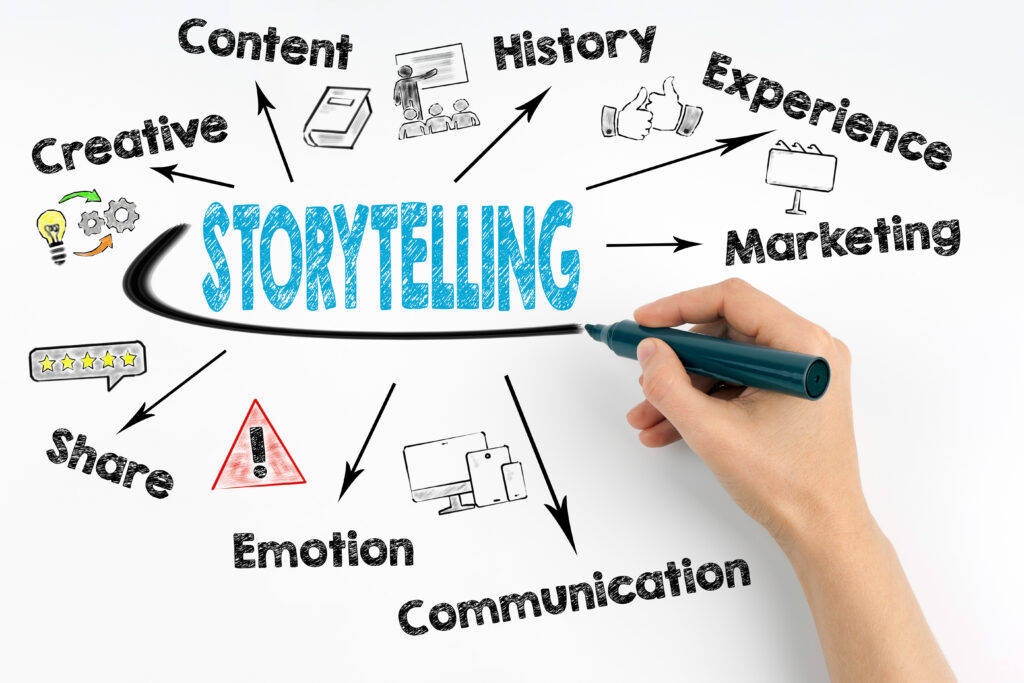
By Jose Aguayo.
The fossil fuel industry is dying. As it does it tries to take as many people with it as it can. On one hand, this death is a good thing. Emissions from fossil fuels are the main cause of climate change and the reason why in the past few decades we have seen such severe droughts, intense fires, devastating floods, and powerful hurricanes. So, the fact the industry is on life support is great news. However, as it takes its final breaths, it is trying to strangle the most vulnerable communities in our country.
Just last week, Senator Manchin attempted to include a provision onto the National Defense Authorization Act that would fast track fossil fuel projects and authorize the completion of the Mountain Valley Pipeline. This pipeline would move natural gas, produced from fracking activities in the Marcellus and Utica shales, through Virginia, West Virginia, and North Carolina. Although Manchin’s attempt failed, there is the threat of it resurfacing in the near future. This is the fossil fuel industry attempting to delude the poor and rural communities of these three states with a handful of money in one hand while hiding a knife behind their back with the other.
We don’t need to look back far to see the potential dangers of oil and gas pipelines. Just last week, on December 8th, the TC Energy pipeline, a component of the Keystone Pipeline system, burst and spilled an unknown amount of oil near Washington, Kansas. This leak has impacted surface water from the local Mill Creek and will likely lead to contamination of nearby private wells and subsurface water. TC Energy recovered 2,598 barrels from the spill, but that is likely a small fraction of the total spill. The people of Washington got stabbed in the back by the “profitable” fossil fuel industry.
Projects like the Mountain Valley Pipeline and fracking operations all throughout the northeast need to be stopped for the sake of all the communities whose water and air are threatened. The fossil fuel industry needs to accept its fate and wither away without poisoning or killing more vulnerable communities along the way.


